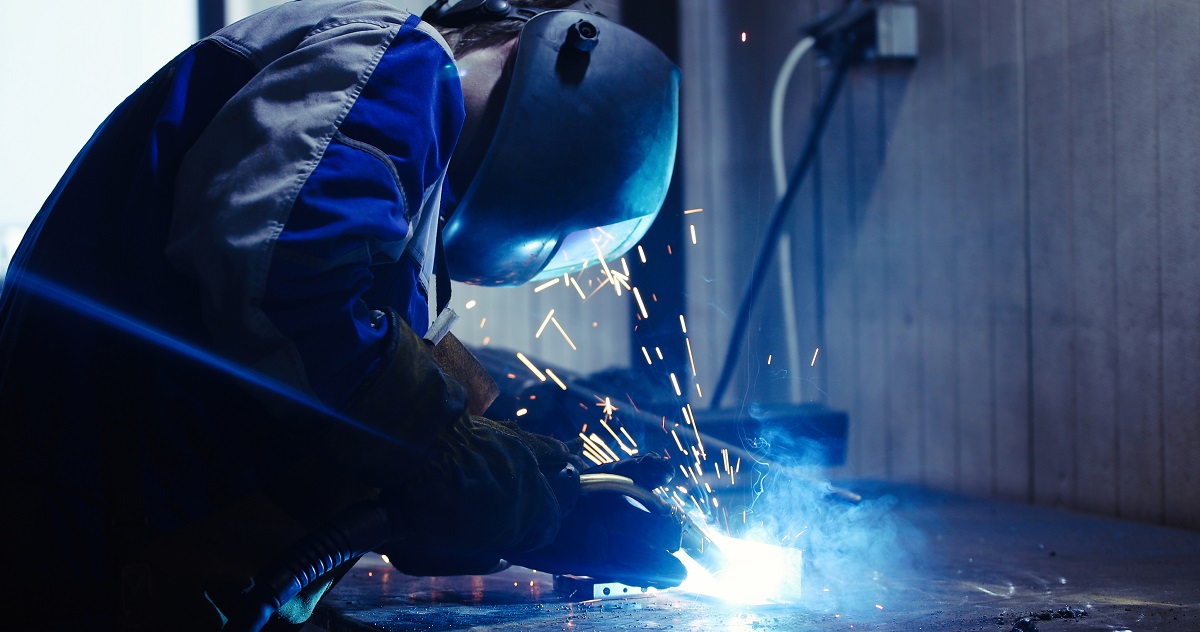Professional Approaches for Preventing Weld Undercut Properly
Wiki Article
Understanding the Causes and Solutions for Undercut Welding in Steel Manufacture Processes
In the realm of steel fabrication procedures, the occurrence of undercut welding poses a significant challenge that demands a thorough understanding of its reasons and sensible remedies. The detailed interaction of numerous aspects throughout welding operations can result in this undesirable phenomenon, impacting the architectural honesty and total top quality of the bonded joints - Preventing weld undercut. By exploring the root causes of undercut welding and exploring efficient restorative steps, fabricators can elevate the criterion of their handiwork and make sure the production of flawless steel partsCommon Reasons of Undercut Welding
Frequently ignored in steel fabrication, undercut welding occurs as a result of different factors that require meticulous interest and competence to be efficiently mitigated. One usual cause of undercut welding is excessive warmth input. When the warm input is also high, it can cause the melting and subsequent disintegration of the base material along the sides of the weld joint, developing a groove or undercut. Additionally, incorrect welding techniques, such as making use of the wrong welding angle or take a trip speed, can additionally contribute to damage formation. Poor shielding gas insurance coverage is another key factor that can cause undercutting. Not enough gas coverage falls short to shield the weld pool sufficiently, leading to oxidation and undercut issues. Furthermore, the selection of welding parameters, such as voltage, present, and wire feed speed, plays a substantial role in the incident of undercut welding. Recognizing these common causes is critical for implementing precautionary actions and guaranteeing high-grade welds in metal construction processes.
Impact of Incorrect Welding Parameters
Incorrect welding criteria can significantly jeopardize the honesty and quality of welded joints in steel manufacture processes. The effect of inaccurate welding criteria manifests in various methods, leading to architectural weak points and issues in the welded components. Careful focus to welding criteria is paramount to ensure the manufacturing of high-grade welds with the desired mechanical homes and architectural honesty.Impact of Improper Torch Angle
Incorrect torch angle in welding operations can dramatically affect the top quality and stability of the final weld joints in metal fabrication processes. Damaging is a typical welding problem where a groove forms along the weld toe, compromising the joint and compromising its architectural honesty.A torch angle that is too steep can bring about not enough infiltration, incomplete fusion, and increased spatter. On the various other hand, a lantern angle that is as well shallow can cause extreme penetration, burn-through, and distortion of the base material. Preventing weld undercut. Correct lantern angle is vital for guaranteeing consistent weld top quality, stamina, and appearance
To avoid damaging and other defects created by incorrect torch angles, welders need to be trained to keep the right torch angle throughout the welding process. Normal tracking and adjustment of lantern angles during welding can aid accomplish sound welds with very little defects.
Duty of Inadequate Welding Methods

One more element of insufficient welding methods is incorrect weld preparation. Inadequate cleaning of the base steels, wrong joint layout, or not enough side preparation can all add to undercut welding. Moreover, inadequate securing gas insurance coverage or utilizing the wrong kind of gas can result in insufficient blend and the development of undercut problems.
To address the duty of insufficient welding techniques in steel manufacture processes, it is vital to provide thorough training for welders. Appropriate education on welding criteria, joint prep work, and shielding gas option can assist prevent undercut welding and make certain top notch welds in metal manufacture jobs.
Effective Solutions for Undercut Welding
Resolving undercut welding in metal fabrication needs implementing reliable services to boost weld high quality and architectural stability. Among the main remedies to deal with undercut is to readjust welding specifications such as voltage, existing, and travel rate to guarantee correct heat input and blend. By fine-tuning these settings, welders can stop too much melting of the base metal and filler material, decreasing the chance of undercut development.Additionally, correct joint prep work is critical in preventing undercut. Ensuring tidy base steel surfaces without pollutants and utilizing the proper bevel angle can help promote far hop over to here better weld infiltration and decrease the threat of undercut - Preventing weld undercut. Employing appropriate welding click to read more strategies, such as oscillating the lantern or weaving, can additionally assist in distributing warm uniformly and filling the weld joint appropriately, lessening the possibility of undercut issues
Moreover, choosing the correct welding consumables, consisting of electrodes and filler steels, is essential in mitigating undercut. Making use of products with proper chemical structures and mechanical residential or commercial properties can add to attaining sound welds with marginal undercut. Routine examination and quality assurance steps must additionally be executed to spot and resolve undercut problems quickly, guaranteeing the overall stability of produced metal elements.

Final Thought
In final thought, recognizing the reasons and options for undercut welding in metal fabrication procedures is important for attaining high-quality additional info welds. By addressing usual reasons such as inaccurate welding criteria, incorrect torch angle, and poor welding methods, welders can stop undercutting and make certain strong, durable welds. It is necessary to take note of these aspects and execute effective options to boost the total welding procedure and last product top quality.
Report this wiki page